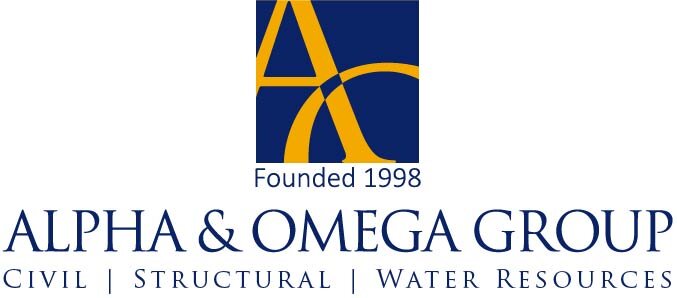Hidden Treasure
/by Ted Bartelt
Occasionally, an opportunity comes along in my engineering career to be a part of a truly inspirational project, a structure that sparks my creative energy and offers something special and unique to the people who will use it. These projects capture my imagination from the beginning and hold a place in my memory long after they are completed.
Ebenezer Chapel is one of those projects. It was born of my friend Mark Boone's vision to build a chapel on his property in Raleigh, NC. This is not simply a sweet gazebo or family chapel with a basic seating and floor plan. Mark’s vision is to create this chapel completely underneath a massive granite outcropping that will last thousands of years. Think of the pyramids of Egypt, but with a focus on sharing history, worship and peace.
Ebenezer Chapel, bird's-eye view - architect's rendering
Architect's rendering of the entrance to Ebenezer Chapel
Ebenezer Chapel interior, 80 feet below ground - architect's rendering
The chapel will be 80 feet below the ground with an 800-foot entrance ramp at a 5% grade on a small triangular piece of property. Building this chapel will require expert mining techniques, an understanding of the granite, and the will to take it on.
Honestly, I'm in awe of the various elements and skills sets Mark has brought to this venture. The chapel, as a start, is being called a mine. And this brings up interesting and unique challenges that make me wonder about the ways ancient structures - now relics - were built.
Recently, I have been fascinated by “The Curse of Oak Island” series on the History Channel. Who would go to the extent to hide treasure with cryptic clues and booby traps, considering the engineering involved?
Who would think of digging a pit, hundreds of feet below the surface, installing oak platforms at 10-foot levels, placing a coded message on a stone tablet 90 feet below, creating flooding tunnels to the shore, and going to a depth of more than 200 feet with very basic tools? As an engineer, I have been captivated, because this is work! I imagine what it would take and shake my head.
People have been trying to unearth this treasure for more than 200 years. Even President Franklin Delano Roosevelt once took part as a curious treasure hunter. More recently, seekers have used modern equipment and scientific methods to try to "crack the code" and get their hands on this elusive prize. Millions of dollars have been spent with no results.
President Franklin D. Roosevelt is thought to have explored the money pit on Oak Island with friends in 1909.
So what is it? And why bother?
There are rumors that it is treasure from the famous Captain Kidd. And there are rumors that it's a collection of religious artifacts that that pre-date Christopher Columbus, brought from Europe by the Knights Templar and hidden away for safe-keeping.
As a student of the Bible, the possibility of this secret bounty turning out to be King Solomon’s treasure or the lost Ark of the Covenant adds even more intrigue to the mystery. It also leads me to other thoughts about hidden treasure and the need to search for something of value.
There are earthly treasures and there are heavenly treasures. Earthly treasures are fleeting and temporary, but heavenly ones are eternal.
The Bible is a Christian's map filled with clues and prophesies regarding the treasure in heaven. “The kingdom of heaven is like treasure hidden in a field. When a man found it, he hid it again, and then in his joy went and sold all he had and bought that field." (Matt 13:44) The whole Bible points to the Messiah who came to this earth in the human flesh of Jesus Christ. Jesus is the key that opens the door to heaven’s treasure. Seek him. Knock, and the door will be opened.
As an engineer for Ebenezer Chapel, my hope is that it will lead people to discover God’s eternal treasure for the next thousands of years.
The project is in its infancy and a key milestone is on the horizon. Coring the rock is needed to determine the quality of granite on the site. Once the quality and depth of sound granite are known, we will know how deep to set the chapel floor.
Stay tuned as the project unfolds. We hope to give you the perspective from the engineers and architects point of view as we unravel the challenges of designing and constructing the Ebenezer Chapel within a mass of granite to last for 3,000 years or more!
Ted Barelt, PE, is founder, president and structural engineering principal of Alpha & Omega Group.







